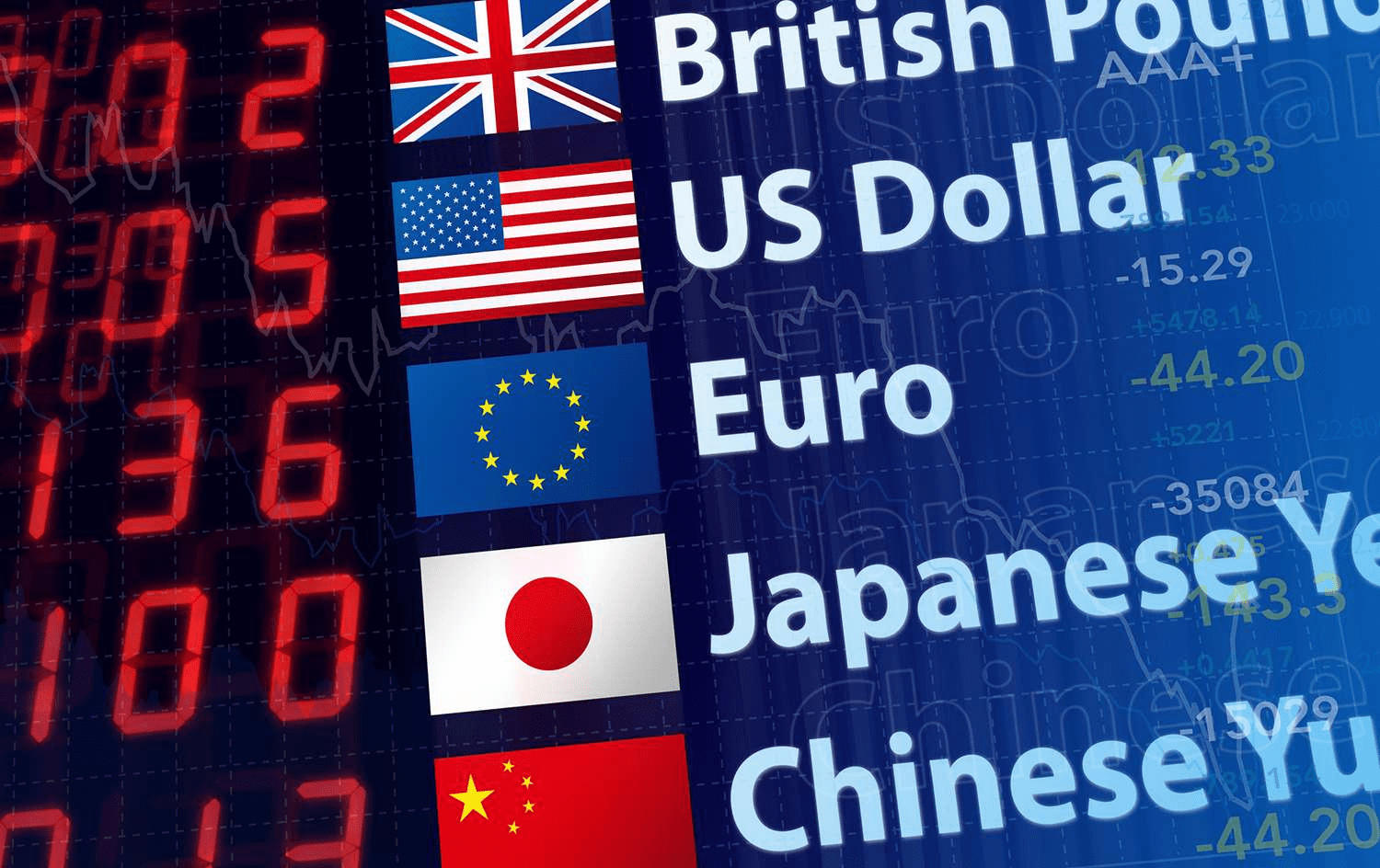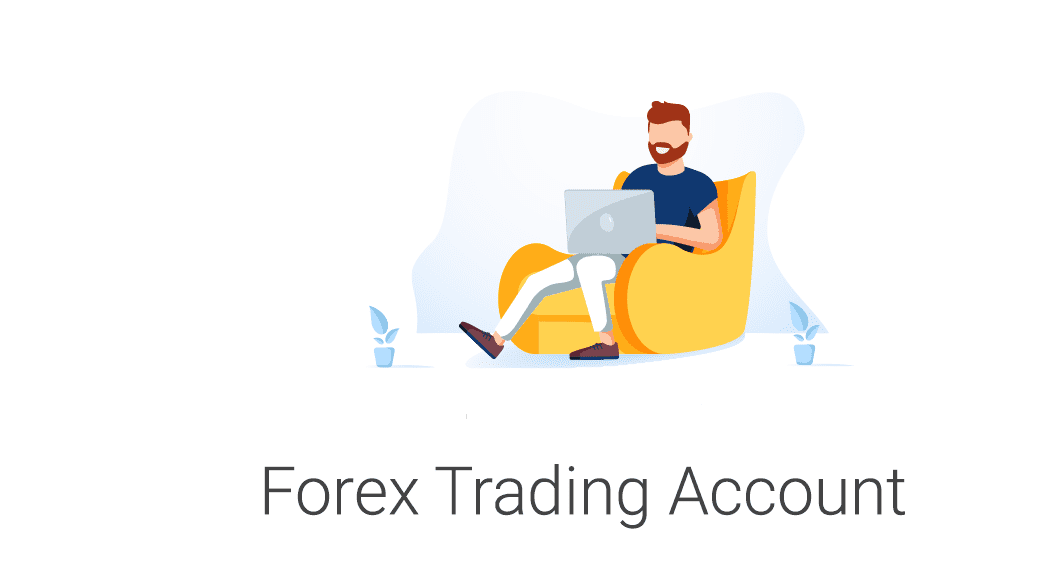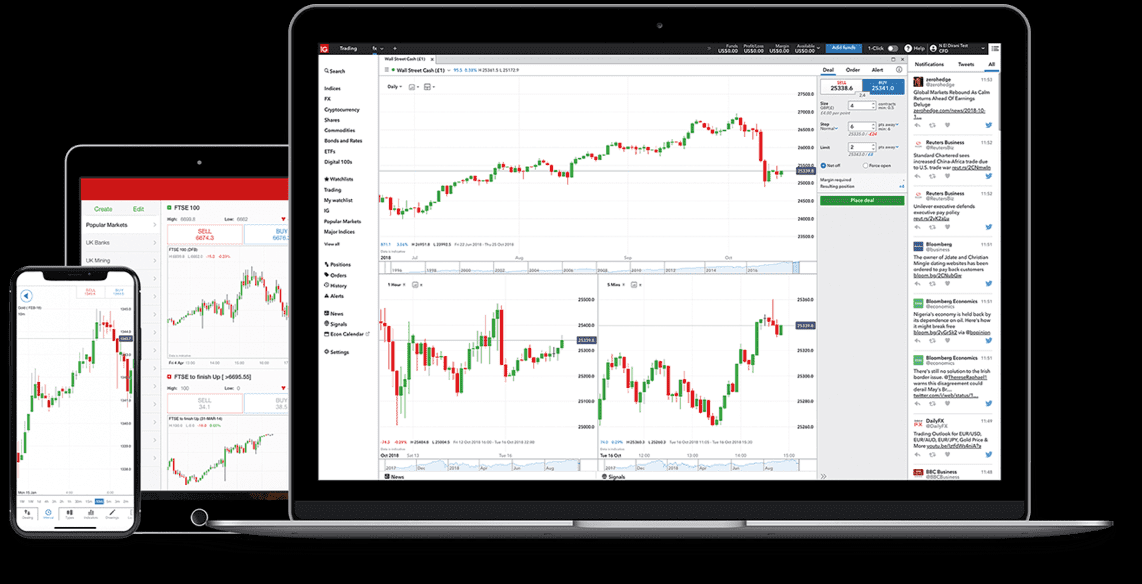Forex Trading for Beginners: Step-by-Step Guide to Start Trading
Forex trading, short for foreign exchange trading, is the largest and most liquid financial market in the world. It involves the exchange of one currency for another at an agreed-upon price. This market operates 24 hours a day, five days a week, making it a popular choice for traders around the globe. If you're a beginner looking to start trading forex, this step-by-step guide will help you get started on your journey to becoming a successful forex trader.
Table Content
I. Understanding Forex Markets and Currency Pairs
1. Forex Market
2. Currency Pairs
3. Major, Minor, and Exotic Pairs
II. Setting Up a Forex Trading Account
1. Choose a Reliable Broker
2. Account Registration
3. Fund Your Account
4. Select Your Trading Platform
III. Using Demo Accounts for Practice
1. Risk-Free Learning
2. Build Confidence
3. Refine Your Strategy
IV. Basics of Technical and Fundamental Analysis
1. Technical Analysis
2. Fundamental Analysis
V. Placing Trades and Executing Orders
1. Select a Currency Pair
2. Determine Your Trade Size
3. Set Entry and Exit Points
4. Choose Order Type
5. Monitor and Adjust
VI. Managing Risk and Setting Stop-Losses
1. Use Stop-Loss Orders
2. Position Sizing
3. Diversify
4. Risk-Reward Ratio
VII. Tracking Trades and Monitoring Progress
1. Maintain a Trading Journal
2. Review and Learn from Losses
3. Stick to Your Plan
VIII. Resources and Tools for Ongoing Learning
1. Educational Courses
2. News and Analysis
3. Trading Forums and Communities
4. Technical Analysis Tools
IX. Footnote
Understanding Forex Markets and Currency Pairs
Before diving into forex trading, it's essential to have a solid understanding of the forex markets and currency pairs. Here are the key concepts you should know:

1. Forex Market: The forex market is a decentralized financial market where participants, including banks, financial institutions, corporations, governments, and individual traders, buy and sell currencies. It's important to note that there is no centralized exchange like the stock market.
2. Currency Pairs: In forex trading, currencies are quoted in pairs. The first currency in the pair is called the "base currency," and the second one is the "quote currency." The exchange rate tells you how much of the quote currency you need to buy one unit of the base currency. For example, in the EUR/USD pair, EUR is the base currency, and USD is the quote currency. If the EUR/USD exchange rate is 1.20, it means you need 1.20 USD to buy 1 EUR.
3. Major, Minor, and Exotic Pairs: Major currency pairs include the most traded currencies globally, such as EUR/USD, GBP/USD, and USD/JPY. Minor pairs don't include the US dollar but consist of other major currencies, like EUR/GBP. Exotic pairs involve one major currency and one from a smaller or emerging economy, such as USD/TRY (US dollar and Turkish lira).
Setting Up a Forex Trading Account
Once you've grasped the fundamentals of the forex market, the next step is to set up a forex trading account. Follow these steps to get started:

1. Choose a Reliable Broker: Selecting a reputable forex broker is crucial. Look for one that is regulated by a respected authority and offers a user-friendly trading platform.
2. Account Registration: Sign up for a trading account with your chosen broker. You will need to provide personal information and documents for identity verification.
3. Fund Your Account: Deposit funds into your trading account. The amount you deposit will determine the size of your trades. Be sure to start with an amount you can afford to lose.
4. Select Your Trading Platform: Most brokers offer various trading platforms. Choose one that suits your needs, whether it's a web-based platform, a downloadable software, or a mobile app.
Using Demo Accounts for Practice
Before risking real money, it's highly recommended to practice trading using a demo account. Demo accounts are provided by most brokers and allow you to trade with virtual money, mimicking real market conditions. Here's why practicing with a demo account is essential for beginners:

1. Risk-Free Learning: You can experiment with different strategies and learn how to use trading platforms without the risk of losing real money.
2. Build Confidence: Trading can be nerve-wracking for beginners. A demo account helps build your confidence and familiarity with the market.
3. Refine Your Strategy: Use the demo account to refine your trading strategy and gain a better understanding of technical and fundamental analysis.
Basics of Technical and Fundamental Analysis
To make informed trading decisions, you need to grasp the basics of technical and fundamental analysis.
1. Technical Analysis: This approach involves studying historical price charts and using various technical indicators to predict future price movements. It focuses on patterns, trends, and support/resistance levels. Technical analysis can help you identify entry and exit points for your trades.
2. Fundamental Analysis: Fundamental analysis looks at economic, political, and social factors that can impact currency values. Factors include interest rates, economic data, geopolitical events, and market sentiment. Fundamental analysis helps traders make long-term predictions about currency movements.
Placing Trades and Executing Orders
Once you're comfortable with analysis and have practiced on a demo account, it's time to start placing trades. Here are the key steps involved:

1. Select a Currency Pair: Choose a currency pair you want to trade based on your analysis.
2. Determine Your Trade Size: Decide how much of your trading capital you want to risk on this trade.
3. Set Entry and Exit Points: Use technical or fundamental analysis to set specific entry and exit points for your trade.
4. Choose Order Type: There are various order types, including market orders (executed immediately at the current market price), limit orders (executed at a specified price or better), and stop orders (triggered when the market reaches a certain price). Select the appropriate order type for your trade.
5. Monitor and Adjust: Once your trade is live, keep an eye on it. Be ready to adjust your stop-loss and take-profit levels if necessary.
Managing Risk and Setting Stop-Losses
Risk management is a critical aspect of forex trading. Here are some strategies to help you manage risk effectively:

1. Use Stop-Loss Orders: A stop-loss order is a predetermined price level at which your trade will automatically close to limit losses. Always use stop-loss orders to protect your capital.
2. Position Sizing: Determine the size of your trades based on the amount of risk you are willing to take on each trade. Avoid risking more than a small percentage of your trading capital on a single trade.
3. Diversify: Don't put all your capital into a single trade or currency pair. Diversify your trades to spread risk.
4. Risk-Reward Ratio: Aim for a favorable risk-reward ratio in your trades. This means that the potential reward should outweigh the risk you are taking.
Tracking Trades and Monitoring Progress
As a forex trader, it's essential to track your trades and assess your progress. Here's how to do it effectively:
![]()
1. Maintain a Trading Journal: Keep a detailed record of all your trades, including entry and exit points, trade size, and the reasons for the trade. This helps you analyze your performance and identify areas for improvement.
2. Review and Learn from Losses: Losses are part of trading. Instead of dwelling on them, use losses as opportunities to learn and improve your strategy.
3. Stick to Your Plan: Once you have a trading plan in place, stick to it. Avoid making impulsive decisions based on emotions.
Resources and Tools for Ongoing Learning
Forex trading is a continuous learning process. To stay ahead in the market, use these resources and tools:
1. Educational Courses: Many online courses and webinars offer in-depth knowledge about forex trading.
2. News and Analysis: Stay informed about economic events and market news. Reliable sources include financial news websites and economic calendars.
3. Trading Forums and Communities: Join forex trading communities to exchange ideas and learn from experienced traders.
4. Technical Analysis Tools: Utilize technical analysis software and tools to enhance your trading strategy.
Footnote
At the end, forex trading can be an exciting and potentially rewarding endeavor for beginners willing to put in the time and effort to learn the ropes. By understanding the basics, practicing on demo accounts, implementing effective risk management, and continuously improving your skills, you can embark on a successful forex trading journey. Remember that forex trading carries inherent risks, and it's essential to approach it with caution and a well-thought-out strategy.











Discussion